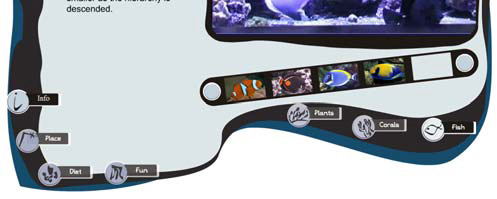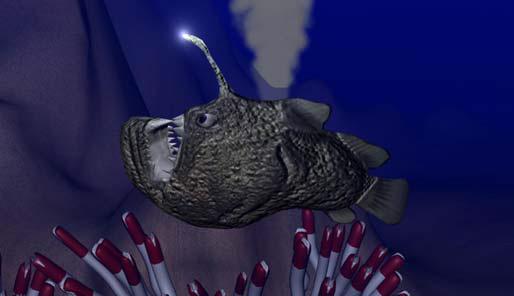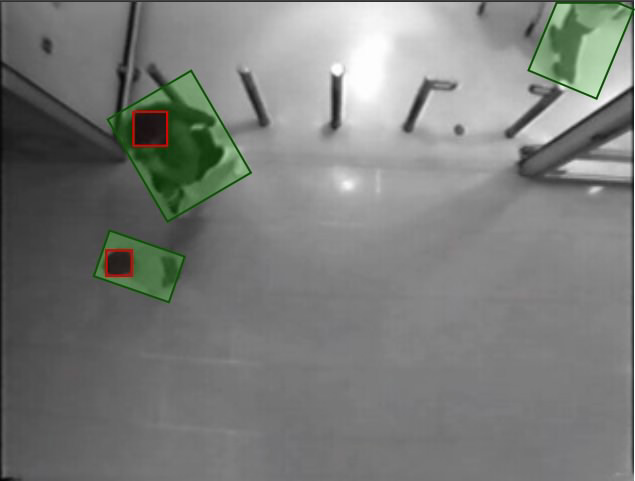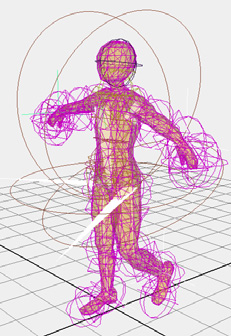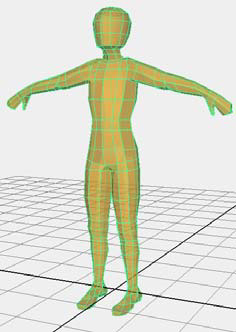“Increasing Student Retention in Computer Science through Research Programs for Undergraduates” by Stephenson, Peckham, Hervé, Hutt and Encarnação
Conference:
Type(s):
Title:
- Increasing Student Retention in Computer Science through Research Programs for Undergraduates
Presenter(s)/Author(s):
Abstract:
Publicity regarding the loss of IT jobs due to the bursting of the dot com bubble and the outsourcing of jobs from the US is frequently suggested as a reason for the drop in enrollments in post secondary computer science programs and the shrinking of the pipeline to graduate school in the US. Contradicting public belief in a tight IT job market, the US Department of Commerce [Sargent 2004] is projecting growth in the number of job openings for computer scientists through 2012 and researchers are now predicting a shortage of IT professionals in the USA over the next ten years [Lazowska 2005].
With the dependence the US economy has on innovation, a talent shortage will have broad economic impact in what is becoming an increasingly competitive global market. In 2005 the H1B visa quota was reached in record time, forcing companies to request that the US government extend the program. However for many industries dealing with US government projects, of special concern is the relatively small number of US citizens enrolling in computer science programs [Freeman and Cuny 2005]. Worse still as enrollments drop in the computing disciplines, the proportion of students who are female, minority or with disabilities remains a situation that is unacceptable [Freeman and Cuny 2005]. This argues for special attention for underrepresented groups as an essential part of a viable strategy for increasing college enrollments.
At the University of Rhode Island (URI) and IMEDIA in Providence, Rhode Island, we have for two years brought together local undergraduates from art, design and computer science majors to engage in a structured program of 3-D graphics and new media research. Our primary goals are to increase the number of students continuing to graduate studies in computing and continuing onto scientific careers, particularly in research.
We are concentrating on students from groups who are underrepresented in computer science and who do not have access to a research program where they are studying. Even though some students in our program do not continue to graduate school, we believe we strengthen the overall retention rates in computing and train a stronger industrial workforce. The international competition in IT is increasingly strong, and we expect that these research experiences will help to provide a more competitive US IT workforce that is more creative, more effective when working in teams, able to work in interdisciplinary and cross-cultural projects, and capable of solving the computing problems of the next decades.
Our approach incorporates problem-based learning and extensive mentoring practices. Our focus is on interdisciplinary 3-D graphics and new media research with a strong influence from art and design. This interdisciplinary research experience has many benefits for students including learning to work in groups, learning the research process, and meeting a diverse set of researcher mentors. To meet this aim we provide formal training in teamwork, ethical practices, problem solving, technical writing and presentations, and outcome dissemination. The students who work at IMEDIA have the opportunity to participate in an international experience in Darmstadt, Germany, with one of the institutes of the INI-GraphicsNet (http://www.ini-graphics.net).
An integrative approach to problem solving is thought to more strongly attract and engage students from all demographic groups [Bourette 2005]. Research also indicates that women and minorities are more likely to continue in a scientific discipline if they are able to engage in the solution of problems that have a viable connection to society [Margolis and Fisher, 2002]. Therefore many of the research projects offered in our program are connected to pressing scientific problems that span several disciplines and impact society.
Problem-based learning, much like most research practice, begins with the introduction of a problem to solve and then teaches students the skills needed to solve the problem. Many institutions have adopted this approach for undergraduates; see for example, http://www.udel.edu/pbl/, University of Delaware, Sept 19, 1999, updated Sept 19, 2005. It is believed that through this approach, students learn to think instead of learning only by rote. Engaging students in research projects was previously thought to be premature and inconsistent with good pedagogy. However, the parallels between problem-based learning and research practice argue for the participation of undergraduates in the process.
We believe that the problem-driven and interdisciplinary approach of research is more likely to “kindle a fire” in youngsters who do not connect as easily to the computing discipline through traditional classroom based instruction. Beyond producing the potential researchers of the future, this program is expected to produce lifelong learners and problem solvers.
Acknowledgements:
The project has been supported in part by the National Science Foundation (NSF) through the Research Experiences for Undergraduates (REU) program, grant number 0353786. The Building Evacuation project at the University of Rhode Island is supported by the NSF through grant number 0331984. The University of Rhode Island has partially supported the work of the students thorough the 3-D graphics partnership laboratory. Several projects at IMEDIA were partially sponsored by the Ocean State Technology Corporation through the CARUSO project, contract number OS-05-2221. We would like to thank the INI-GraphicsNet and specifically Fraunhofer IGD and ZGDV for supporting the International Experience for students in this program.




